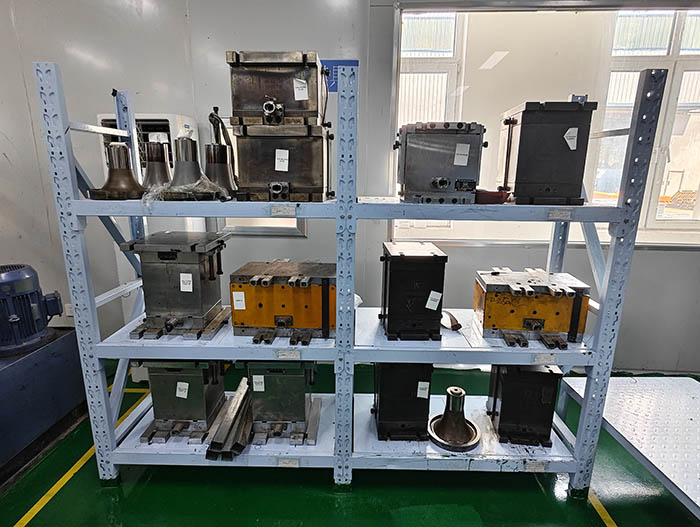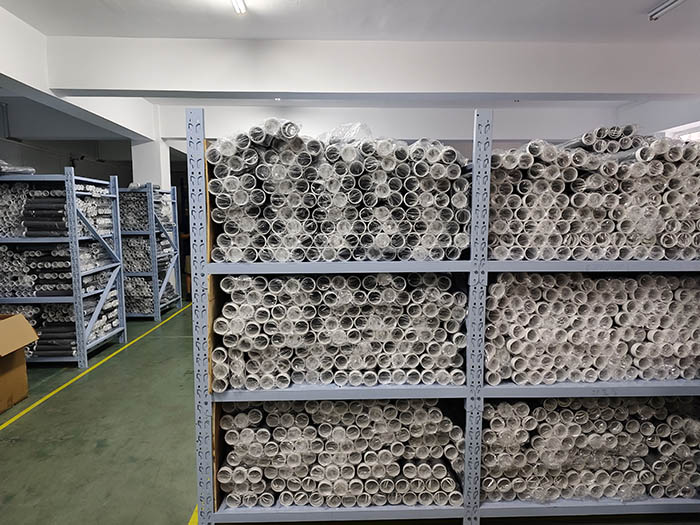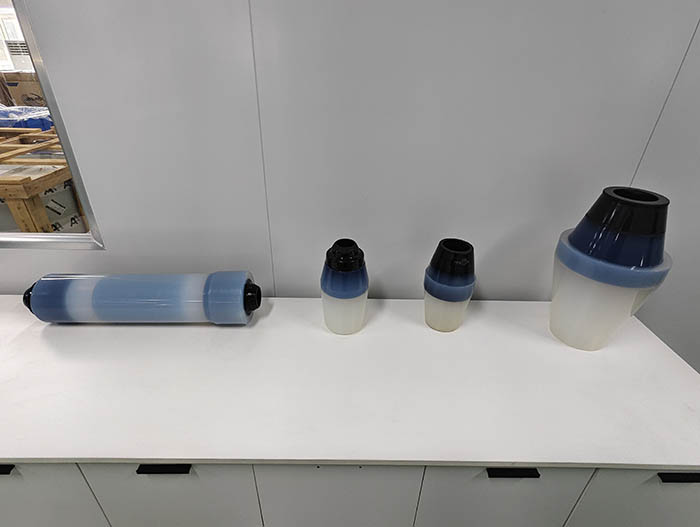
From Millimeters to Kilovolts: The Making of Dielectric Strength in Cable Accessories
2025-10-23 15:21In the vast and powerful world of electrical grids, where thousands of volts travel across continents, some of the most critical components are surprisingly small. Cable accessories—the terminations, joints, and splices that connect cables—operate on a scale of millimeters but must withstand electrical stresses measured in kilovolts. The central property that makes this possible is dielectric strength: the ability of an insulating material to withstand high voltages without breaking down. The "forging" of this invisible shield is a remarkable feat of material science and precision engineering.

The Foundation: The Choice of Insulating Material
The journey begins at the molecular level with the selection of the insulating material. Not all plastics or rubbers are created equal. Engineers choose materials with molecular structures that tightly bind their electrons, making it difficult for an electrical field to rip them away and start a conductive path—a failure known as dielectric breakdown. Key materials include:
Cross-linked Polyethylene (XLPE): A staple for cable insulation, prized for its balance of high dielectric strength and thermal stability.
Silicone Rubber: The champion for many accessories, especially cold-shrink and pre-molded types. Its silicon-oxygen backbone is incredibly stable and gives the material excellent hydrophobicity (water-repellence), a crucial defense against surface tracking.
Ethylene Propylene Rubber (EPR): Known for its flexibility and resistance to cracking, offering reliable performance.
The Geometry of Defense: Shaping the Electric Field
Possessing a strong material is not enough. A sharp edge or a tiny air gap can concentrate the electric field, much like a pin concentrates force at its point. This localized intensity can cause partial discharge (PD), a microscopic but destructive form of continuous sparking that erodes insulation over time.
To combat this, cable accessories are meticulously designed with field control systems. The most common is the stress cone, a geometrically graded profile that gradually tapers the electrical stress from the high-voltage conductor down to the grounded shield. This smooths out the electric field, preventing dangerous concentrations. In modern prefabricated accessories, this is often achieved with a semiconducting layer or a material of specific dielectric constant that naturally redistributes the field.

The Flawless Interface: The Enemy Within
The weakest link in any accessory is often the interface—the microscopic boundary where two different materials meet, or where the accessory contacts the cable. Even invisible dust, a fingerprint, or a tiny air pocket can become a site for field concentration and partial discharge.
Therefore, the "forging" of dielectric strength is as much about process as it is about product. This involves:
Impeccable Cleanliness: Accessories for high-voltage applications are assembled in controlled cleanrooms to prevent contamination.
Perfect Compatibility: The materials are engineered to have matching thermal expansion coefficients and surface properties to maintain intimate contact through cycles of heating and cooling.
Intelligent Sealing: Robust environmental seals prevent moisture ingress, which would drastically reduce the dielectric strength of the interface.
The Final Trial: Rigorous Testing
Before an accessory is deemed worthy, it must pass a gauntlet of tests that simulate a lifetime of service. It is subjected to voltages significantly higher than its rated voltage—both AC and impulse (lightning) voltages—to ensure a safe margin of operation. The most critical test is for partial discharge; accessories must show virtually no PD activity (typically less than 5-10 picocoulombs) at its normal operating voltage, proving its internal integrity.

In conclusion, the dielectric strength of a cable accessory is not a single property but a system-level achievement. It is forged through the careful synthesis of advanced materials, intelligent geometric design that tames electrical fields, and manufacturing processes that prize perfection at the microscopic level. This multi-layered defense allows a component just millimeters thick to confidently stand guard over the flow of kilovolts, ensuring the reliable and safe delivery of electricity.
